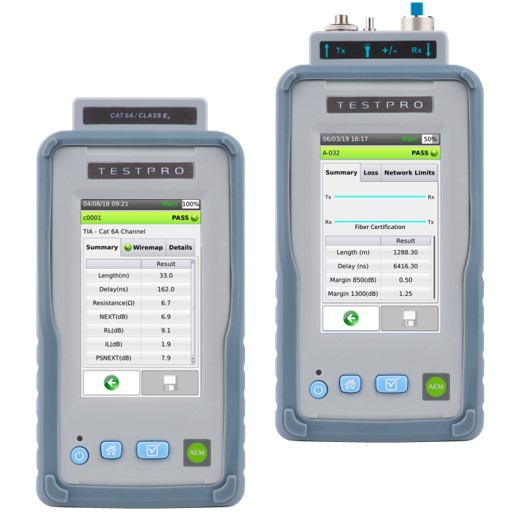

- MULTI SPEED ETHERNET TESTING PATENT LICENSE
- MULTI SPEED ETHERNET TESTING PATENT ISO
- MULTI SPEED ETHERNET TESTING PATENT FREE
Many other typical telecommunications standards (e.g., 3GPP, Wi-Fi and DSL) were generally developed under a “reasonable and non-discriminatory,” or “RAND” patent policy. In all, this gun-free, royalty-free DOCSIS licensing environment consists of more than 200 signators! (In licensing terms, that’s a lot.) Taking another approach: RAND The DOCSIS licensing arrangement fostered by CableLabs in the mid-’90s was and is a significant catalyst in the development, implementation, and widespread adoption of the DOCSIS platform.
MULTI SPEED ETHERNET TESTING PATENT FREE
Licensing arrangements also create a nurturing environment for technological development, within which all parties can innovate, because all are free to build on everyone else’s technology - again, without fear of later having to pony up unforeseen patent royalties.

MULTI SPEED ETHERNET TESTING PATENT LICENSE
Ideally, for the sake of technological cooperation, interoperability, and advancements in innovation, players in the industry adhere to a patent licensing policy that sets up an environment of “leave your guns at the door.” In essence, manufacturers can then implement the specifications, without the fear of being sued for patent infringement by other DOCSIS manufacturers.Īgain, using DOCSIS as an example, this is precisely what its licensing agreement, arranged long ago by CableLabs, provides: all signators agree to license their standard essential patents (SEPs) to CableLabs, including the right for CableLabs to the sublicense the SEPs to all other licensed signators - all on a royalty-free basis. In legal-speak, this is known as a “patent hold-up.” If you’re thinking “hold up” as in “stick’’em up!” you’re in the zone. This reality exists to prevent parties from inserting patented technology into a specification, then later say “gotcha!” by alleging the existence of patents that obviate your products, even though they conform to the specification. That is to say, if you agree to work on and contribute to a specification, you also agree to license your patents that are essential to the implementation of that specification. Why is Licensing Important?Īlmost all standards and specifications carry an associated patent licensing requirement. As you can probably imagine, patents abound in complex technology areas such as telecommunications. After the period of exclusivity, the public is free to use the invention to advance the technology further. Patents advance the general knowledge about the invention to the public. In return, the inventor agrees to disclose the invention to the public. In theory and in practice, a patent protects inventive ideas for a specified and exclusive period of time. Patents are actually called out in the original U.S Constitution!

It took process, development, governance, patents and licenses. When DOCSIS was developed it was a method for delivering Internet speeds of 37 Mbps downstream (toward homes) and 8 Mbps upstream (toward the Internet.) These days, devices based on the newest DOCSIS flavors can blast data at a rate of 10 Gigabits per second, both ways.īut that didn’t just happen. In this blog, I’ll use the DOCSIS cable modem specification as an example because it’s foundational to broadband - and broadband is life, right? Those of you who’ve been around since the early days of DOCSIS, know that it’s evolved in a lot of different ways. I tend to spend a lot of my time (understatement!) working on both patents and licensing. Why? Because I’ve been asked so many times about how patents and licensing works that I decided to write it all down as an element in our CableLabs Innovation Series. Enter GL’s PacketExpert™/SonetSDH Expert™ that covers an unbelievable range of physical interfaces, transport protocols, and traffic types - from voice to video, ISDN to SIP/RTP, circuit switched TDM to packet, SONET/SDH, ATM, POS, to name a few”, said Vijay Kulkarni, CEO of GL Communications Inc.Hi, Jud here.
MULTI SPEED ETHERNET TESTING PATENT ISO
Test equipment that can test and analyze from physical, transport, and higher layers of the ISO stack is just NOT available, until now. “The current network is hybrid (SONET/SDH TDM and Ethernet/Packet) with wide ranging speeds (64 kbps to 400 Gbps) carries data, voice, image, and video over both technologies. The ONLY product on the market to perform wirespeed BERT testing to comprehensive protocol analysis in a single system. 03, 2021 (GLOBE NEWSWIRE) - GL Communications Inc., a global leader in telecom test and measurement solutions, addressed the press regarding their multi-functional Ethernet/IP & SONET/SDH test solution PacketExpert™/SonetSDHExpert™. (Wirespeed BERT to Protocol Analysis & Emulation up to 10 Gbps)


 0 kommentar(er)
0 kommentar(er)
